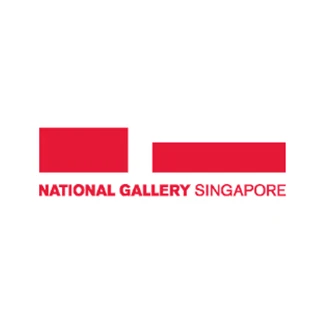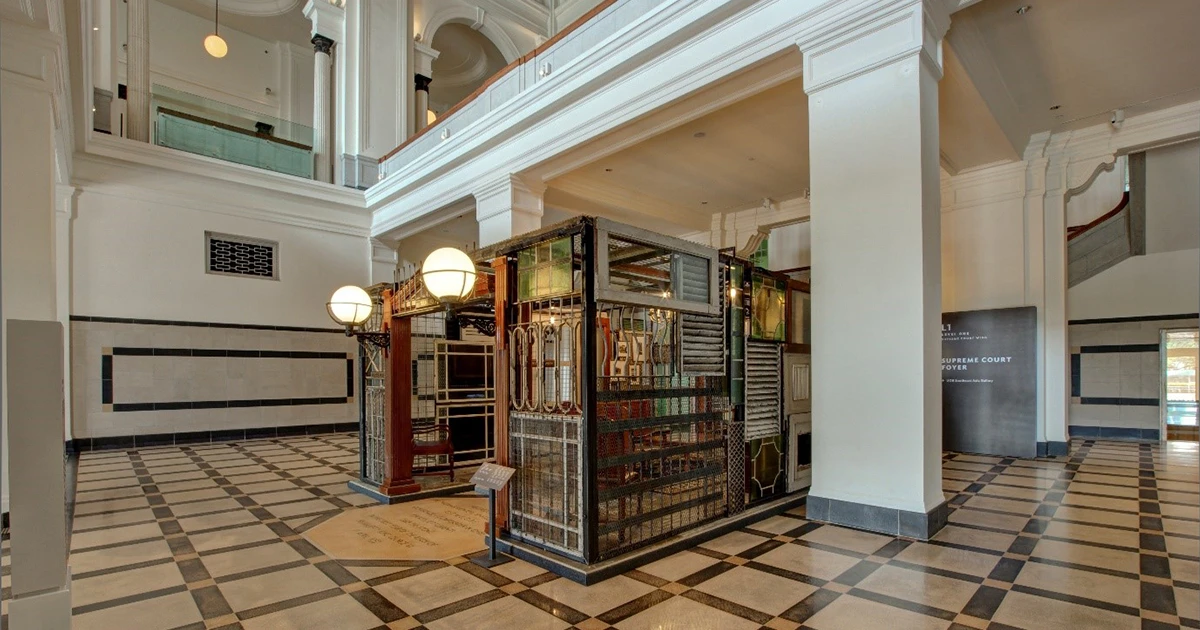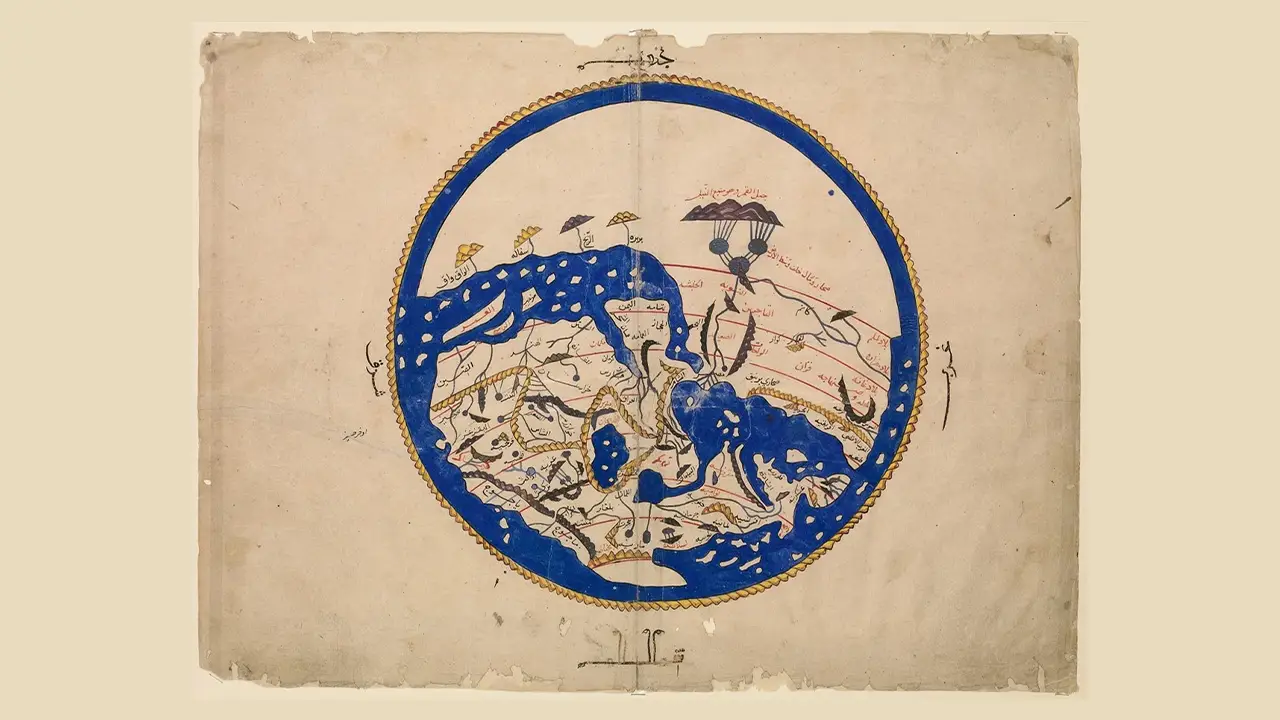Ask a Curator | Lim Cheng Hoe: Painting Singapore
Throughout the exhibition Lim Cheng Hoe: Painting Singapore, visitors have been posing questions on the show through our social media and front-of-house staff. In this post, the shows’ curators—Lim Qinyi, Teo Hui Min and Goh Sze Ying—respond to a few of these questions.
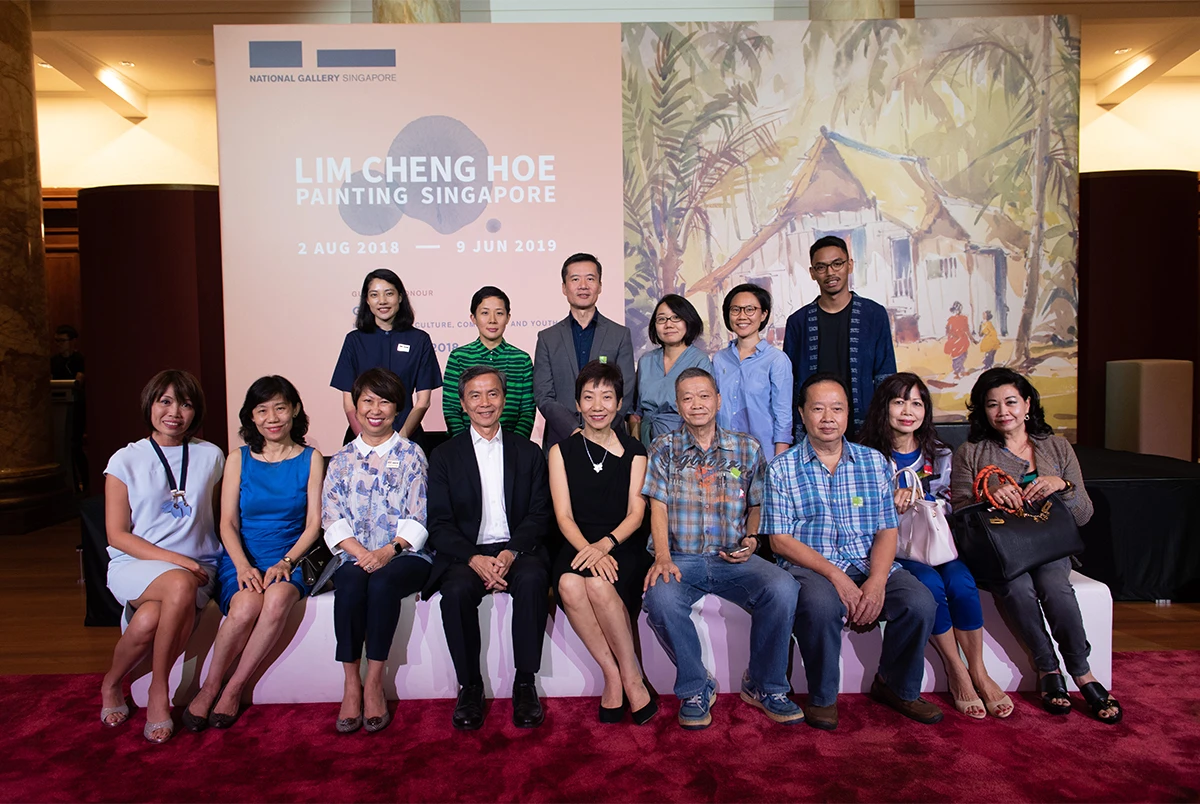
Throughout the exhibition Lim Cheng Hoe: Painting Singapore, visitors have been posing questions on the show through our social media and front-of-house staff. In this post, the show's curators–Lim Qinyi, Teo Hui Min and Goh Sze Ying–respond to a few of the questions.
Why is Lim Cheng Hoe considered a self-taught artist? Why didn’t he pursue formal studies in art?
We consider Lim to be largely self-taught as although he underwent some general art education as a student at Raffles Institution, he did not receive formal instruction at an art academy in his later years. Instead, Lim developed his art independently through consistent practice and experimentation, as well as reading art journals and magazines such as Artist and Studio, and books including the biography of the watercolour artist William Russell Flint (1880–1969).
At Raffles Institution, Lim gained foundational knowledge in art from Richard Walker, who was the Art Superintendent of Singapore Schools and a gifted watercolour artist. He continued after graduation to attend painting classes under Walker, who even wrote him a letter of recommendation to further his art education in London. However, Lim’s family had limited economic means to support this endeavour.
Why are Lim Cheng Hoe's subjects mostly sceneries and not portraits, animals and nudes? Was he only inspired by the Singapore landscape?
Lim was part of an informal art group that gathered on Sundays to paint by the Singapore River or travel out to the kampongs and parks across the island, which is why many of his paintings are of landscapes. He enjoyed the process of painting outdoors, observing the changing environment as he composed his paintings. However, when the weather was unfavourable, he would stay indoors with some friends to do studio portraits at the YMCA. A small selection of these portraits is displayed in our exhibition.
While he was largely inspired by the beauty of landscape, Lim had other rich and varied interests beyond painting that informed his artistic sensibilities. For example, we know through his diaries that he watched quite a bit of Western cinema, including films such as The Manchurian Candidate (1962) featuring Frank Sinatra, and Ninotchka (1939) featuring Greta Garbo. Lim was also an avid listener of Opera and Classical music.
How long does it take to do a watercolour painting?
This is a difficult question to answer as it depends on many variables such as the weather, the absorbency of the paper, the amount of water used in the paint and so on. In his diaries, Lim notes the variation in time taken for paint to absorb and dry depending on different types of paper used. To give an idea though: when it was possible, Lim would complete a painting onsite after observing a scene, and this could take several hours.
Does watercolour fade over time and if yes, how do you preserve a work for as long as possible?
Watercolour does fade over time when exposed to light, and can lose its vibrancy. By keeping light exposure to a minimum and limiting it to certain colours on the light spectrum, watercolour paintings can be conserved. Judicious handling and placing a protective glaze on frames also helps. As watercolour paintings are usually painted on paper, it is also important for a painting to be in a consistently dry and arid atmosphere so that the paper will not deteriorate or turn mouldy.
Was Lim Cheng Hoe also a skilful oil painter? Did he do more oil paintings than those displayed in the exhibition?
Lim did not attempt many oil paintings. This is possibly due to the cost associated with oil painting, but also the longer time required for each layer of oil paint to dry. This makes the medium less ideal for painting outdoors, which Lim was partial to. Through our research, we managed to trace two oil paintings by Lim which are dated just after he graduated from Raffles Institution. They are displayed in our exhibition. We are also aware of another oil painting, completed slightly later, of Siong Lim Temple in Toa Payoh. Although we were not able to locate this painting, we have a photograph on display of him painting this work onsite. These few examples reflect that Lim carried his strong compositional awareness to his paintings in oil.
How many works did Lim Cheng Hoe do in his lifetime?
Unfortunately, we have not been able to arrive at a conclusive number, but it’s safe to say from our research that he was relatively prolific in his art production, painting regularly and consistently every weekend for most of his adult life.
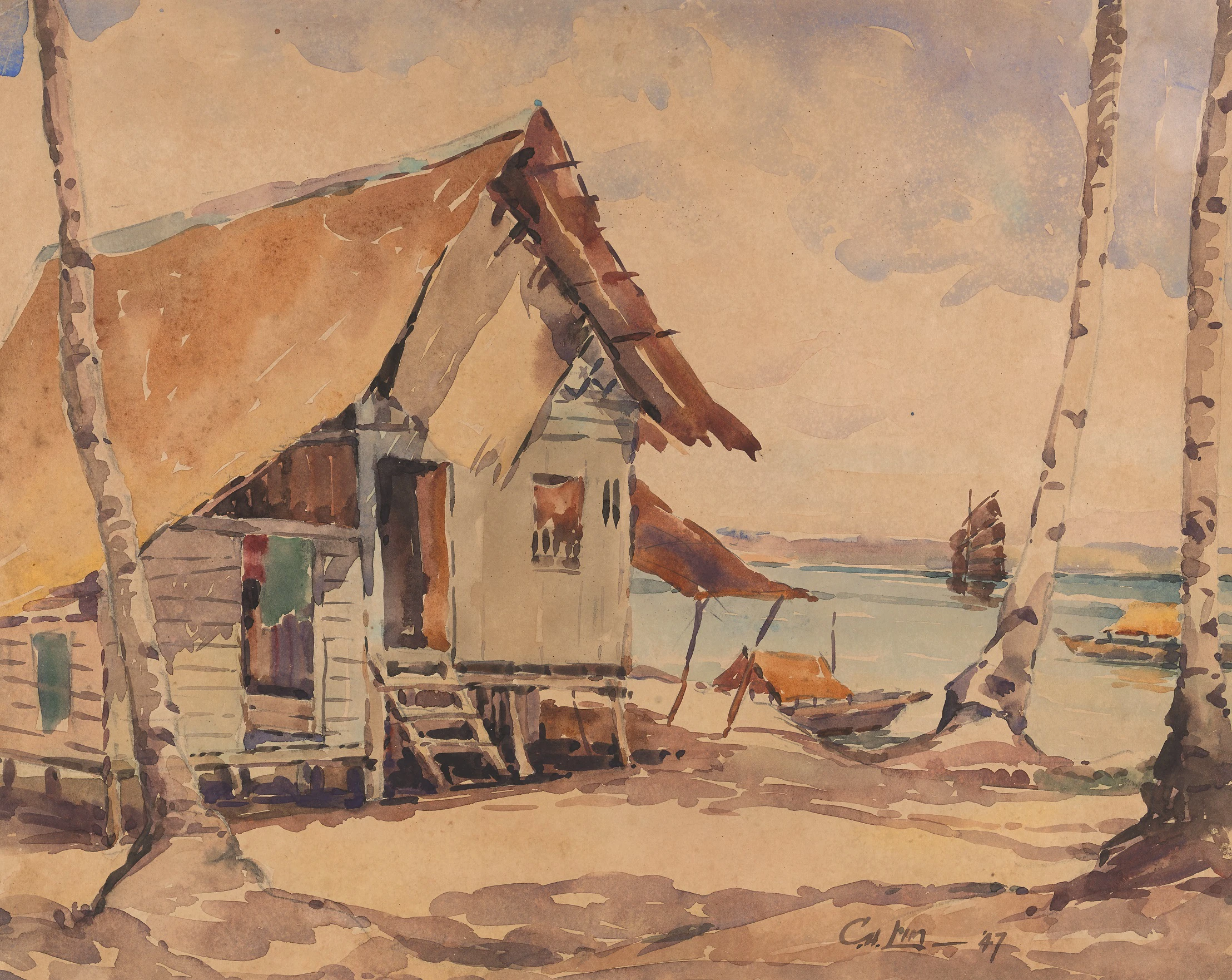
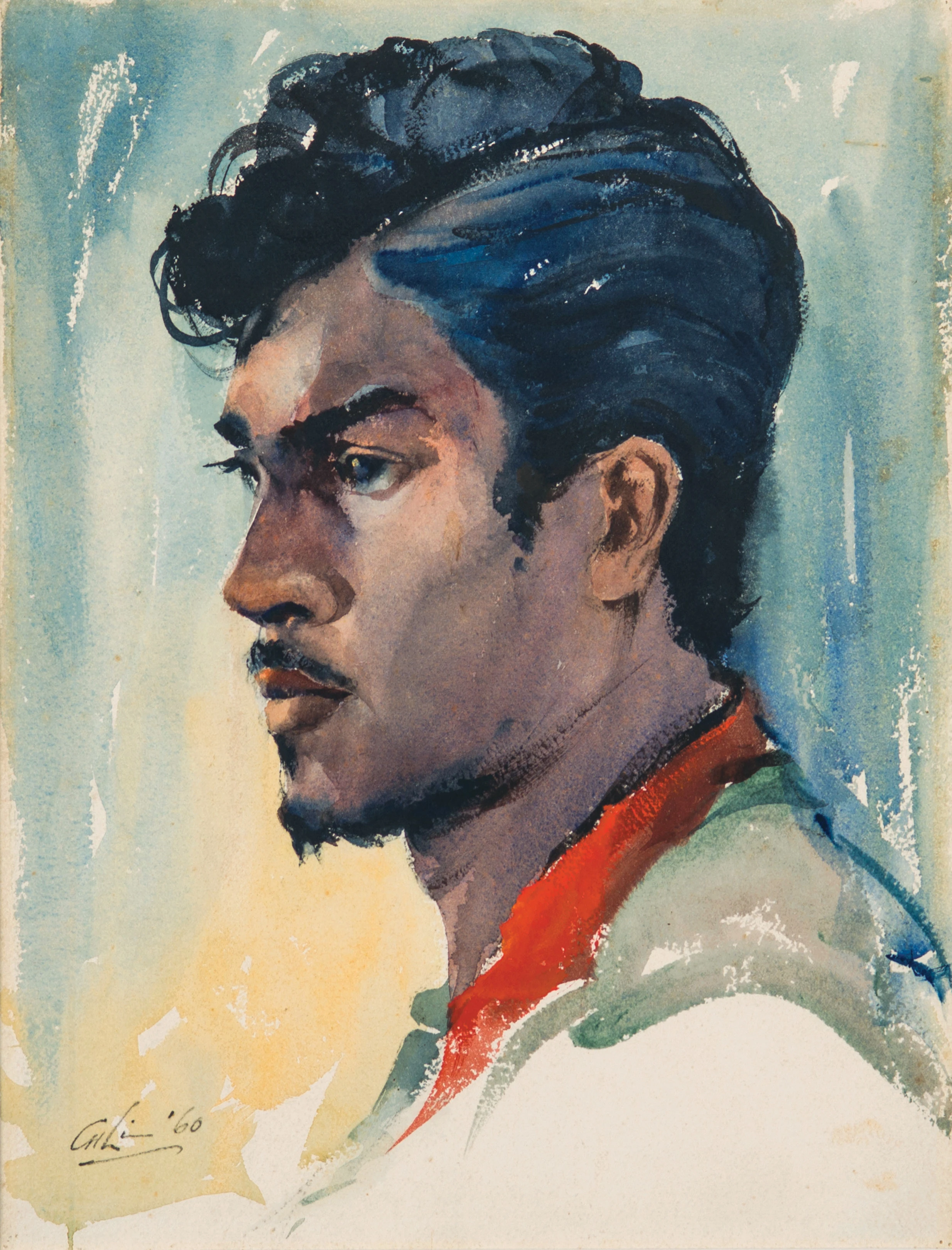
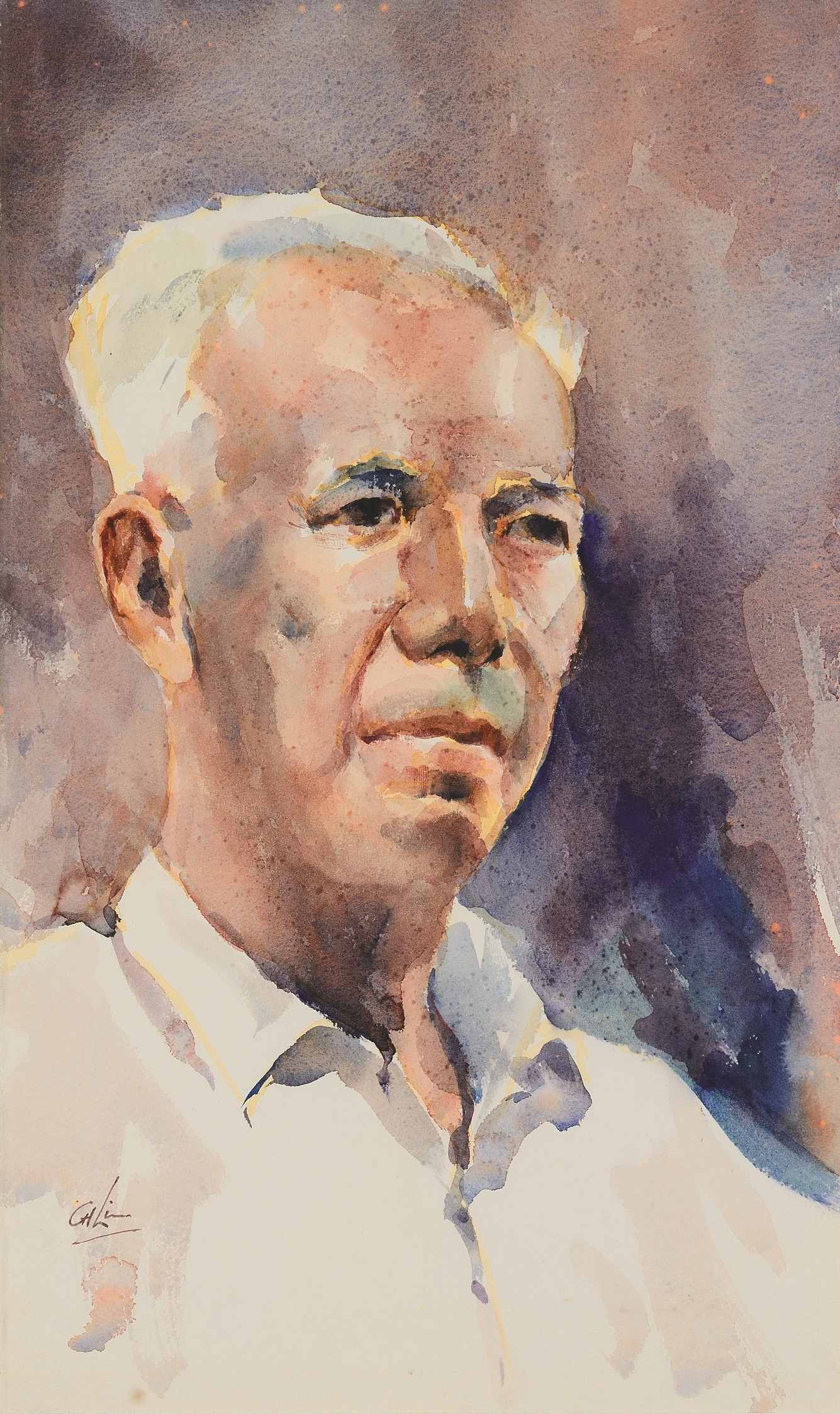
![Lim Cheng Hoe. [Not titled] (Still Life). Undated. Oil on canvas, 31.2 x 41.2 cm. Collection of Neo Aik Siong. © Family of Lim Cheng Hoe.](/content/dam/magazine-details/ask-a-curator-lim-cheng-hoe-painting-singapore/ask-a-curator-lim-cheng-hoe-painting-singapore-gallery-5.webp)
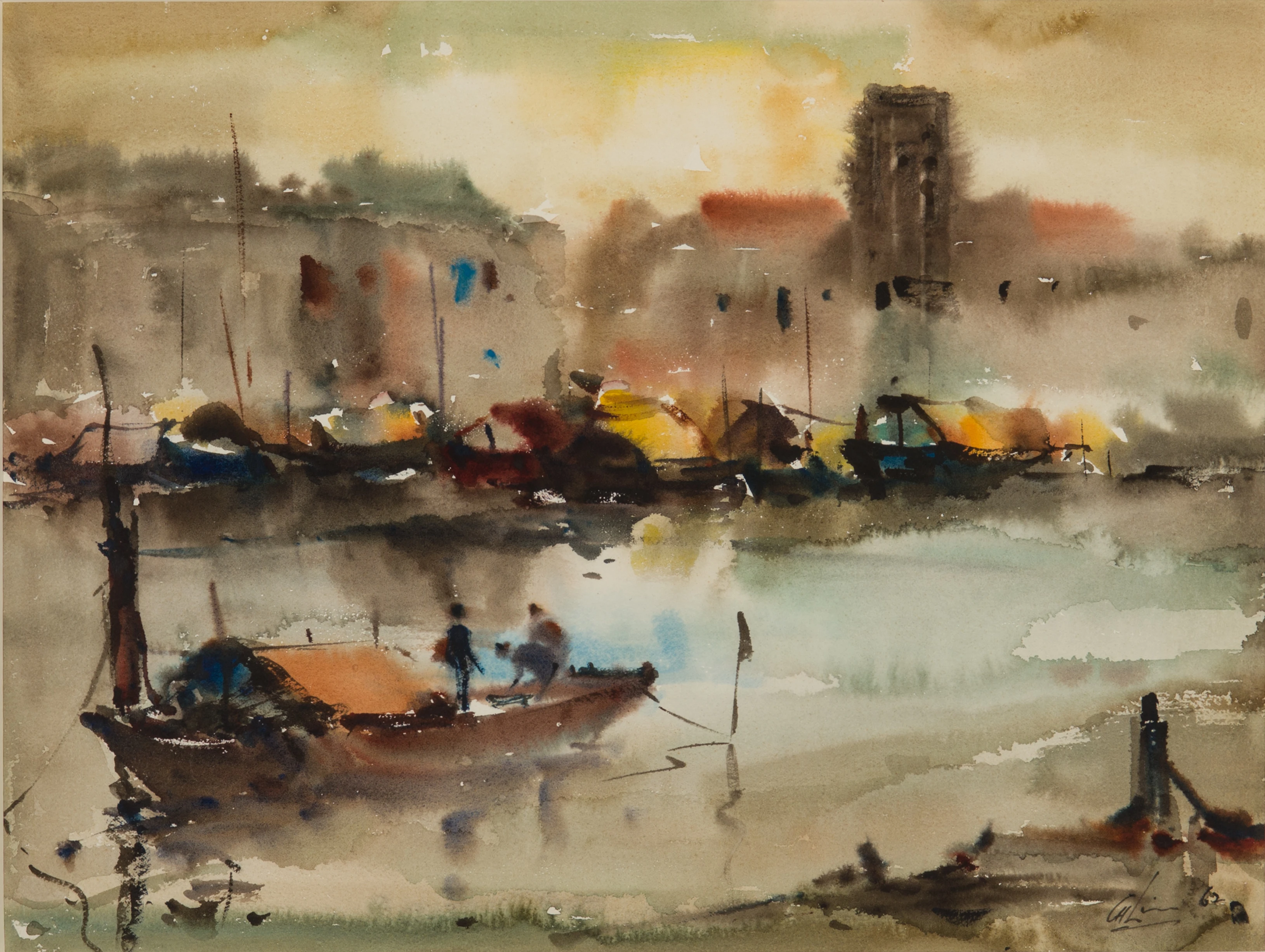
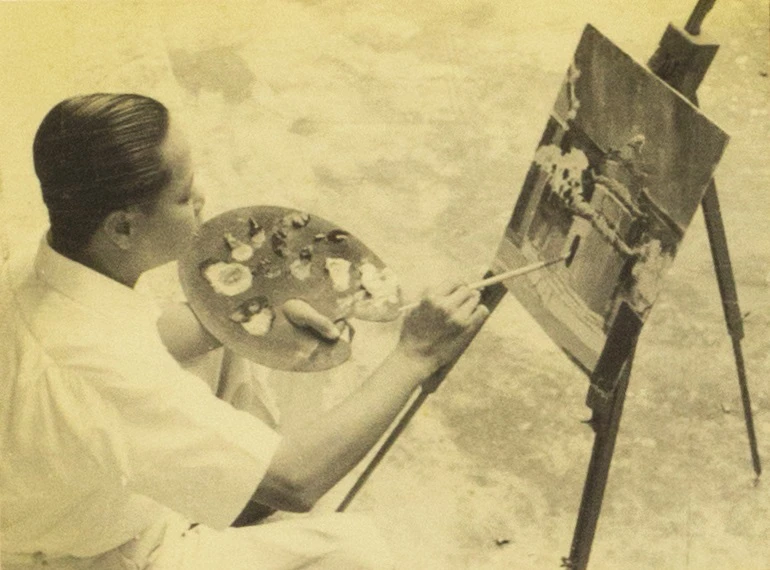
Editor's Note
Visit the exhibition before it closes on 25 Aug 2019. Click here to learn more.








-min 1.png)
